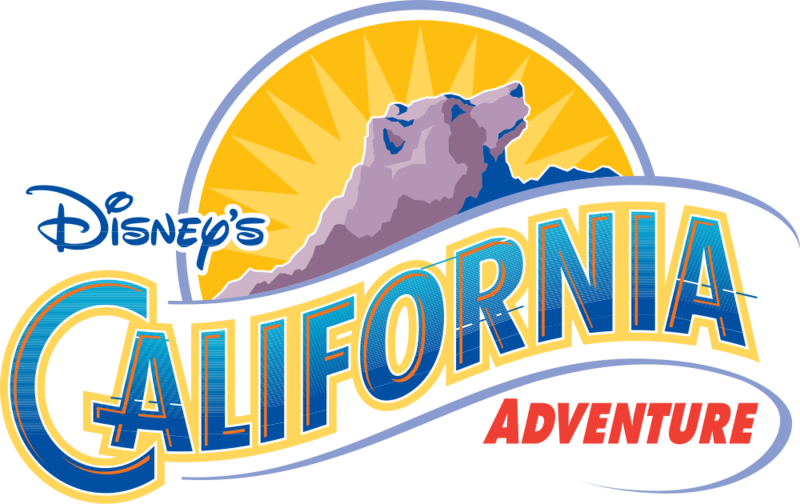
Disney’s California Adventure Park opened on February 8, 2001. Comprised of four “districts,” Disney’s edgiest and most modern park yet was infamously short on attractions and even shorter on storytelling.
While Disneyland Park across the way offers a dozen classic and modern dark rides (Peter Pan’s Flight, Snow White’s Scary Adventures, Alice In Wonderland, Pinocchio’s Daring Journey, Mr. Toad’s Wild Ride, Roger Rabbit’s Car Toon Spin, Indiana Jones Adventure, Splash Mountain, The Many Adventures of Winnie the Pooh, Buzz Lightyear Astro Blasters, Star Tours), California Adventure had one: Superstar Limo.
In part, the shortcomings of Superstar Limo closely mirror the failure of the larger Disney’s California Adventure Park it resided in. Consider that Disney officials had warned in the months leading up to California Adventure’s opening that roads in and around Anaheim would be gridlocked as people descended on the new park. They warned that most weekends, it would meet its 33,000 person capacity and be forced to close its gates.
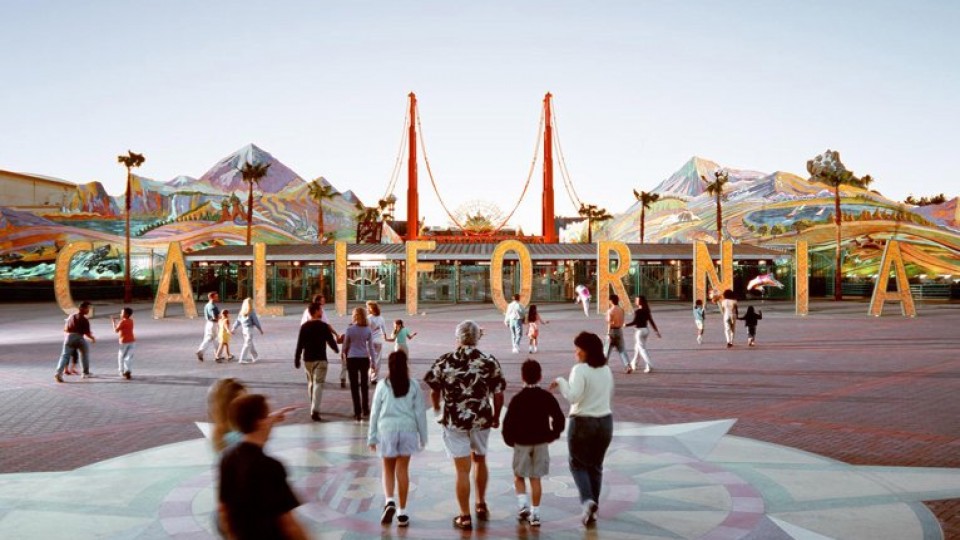
In fact, its weekend average was 12,000 guests – a third of expectations.
In California Adventure’s opening year, 5 million guests came through the gate. Sounds substantial… until you learn that the original Disneyland just a few hundred feet away saw 12.3 million in the same year. Put another way, when interest in California Adventure should’ve been at its peak, only 40% of people who came to Disneyland bothered to see California Adventure, too.
Those who did visit in 2001 faced an army of data-collectors at the exit as Disney sought feedback on its newest theme park. What they found was unimaginable: only 20% of people reported being “satisfied” or better by what the park had to offer, and Superstar Limo far and away ranked as the least enjoyed experience.
Criticisms
There was no denying: Disney had faced its first large-scale bust in Disney’s California Adventure, and Superstar Limo was evidence of the problem.
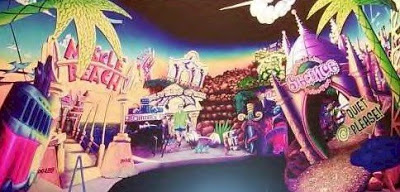
The uneven dark ride lacked the charm, storytelling, or detail Disney was known for. Devoid of character, presented in an irreverent comic book style, and packed with C-list ABC stars, the ride was just… bad. Across the Esplanade, guests could soar over a misty London with Peter Pan, brave the rivers of the world on Jungle Cruise, escape the wrath of a vengeful god on Indiana Jones Adventure, or be awed by the unimaginable animatronics of Splash Mountain.
Who, then, would care to lumber through a disenchanting, pun-riddled cartoon spoof of modern Hollywood with Regis Philbin and Whoopi Goldberg waving to them? Flat jokes understood only by Hollywood’s elite, C-list “stars,” terrible puns, a ‘90s attitude, and a style that was so unlike anything Disney had ever one before only exacerbated the real issue: people didn’t come to Disneyland to see a spoof of modern Hollywood.
Though Eisner had taken on the wild Hollywood chase as his pet project, even he must’ve seen the cracks forming. By the end of the ride’s development, the golden concept he’d nurtured was looking more and more like a dud, and even Eisner turned his back on the idea and wrote it off.
A much larger problem
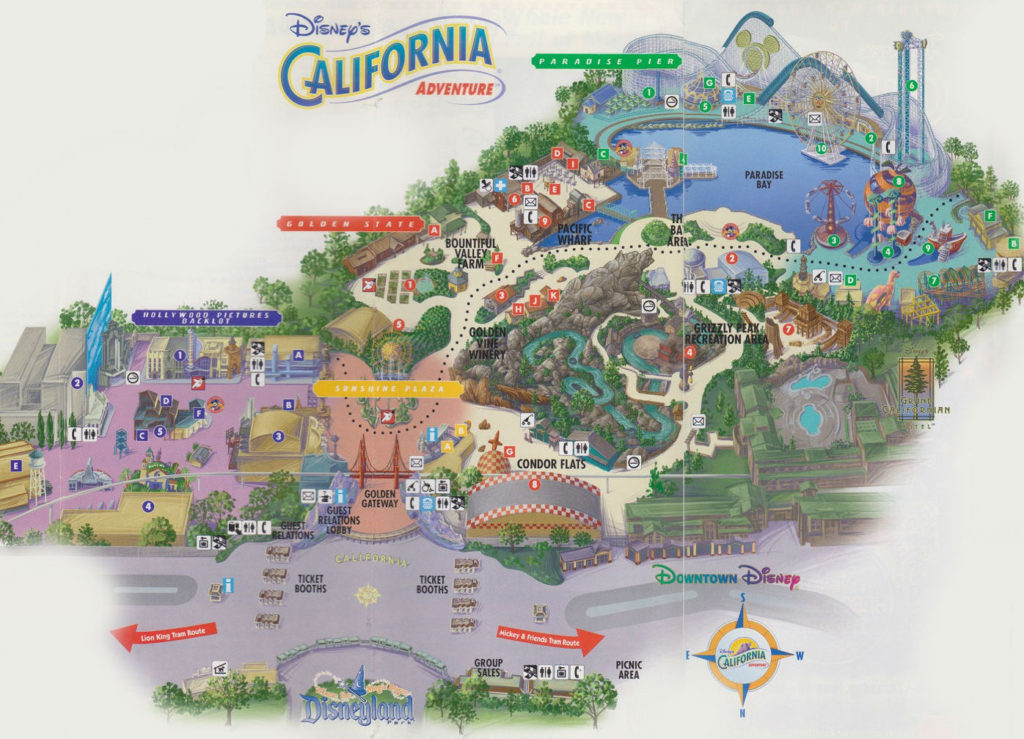
Superstar Limo suffered from the same foundational problem that cursed California Adventure: it was too modern, irreverent, and over-stylized. The terrible dark ride was really just a symptom of a much larger problem.
We discussed the foundational identity crisis of the original park in its own Declassified Disaster: Disney’s California Adventure feature, but the long and short is simple: people come to Disneyland to be whisked away from the real world, and into idealized, romantic spaces that let them live out legendary adventures. Step into Disney’s California Adventure in 2001 and you were transported to… well… California, 2001. The time is now. The place is here.
You might’ve expected California Adventure to take you to that Golden Age of Hollywood; to transport you to romanticized worlds the way only Disney can. After all, if you wanted to see a studio backlot, you could’ve visited a real one just 45 minutes north in the real Hollywood, right?

But the Hollywood Pictures Backlot invited you into a Hollywood studio set… of a modern Hollywood street. (Huh?) The irreverent, modern theme was an affront to the storytelling that made Disney unique. And the rest of the park was just as guilty, with a “modern” redwood forest with rundown mills overtaken by an extreme sports company, a “modern” spoof of seaside carnivals, and a “modern” military airfield of scrap metal…
The point is, the budget-built Disney’s California Adventure, its Hollywood Pictures Backlot, and the Superstar Limo that resided there were foundational failures, too reliant on puns and modern styling while completely devoid of Disney characters or the kind of storytelling and detail people expected of Disney. Superstar Limo was doomed.
Road Work
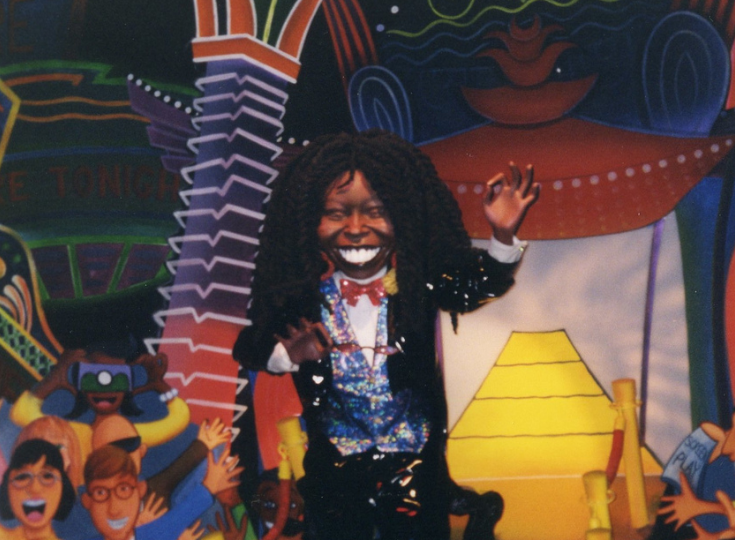
Ultimately, Superstar Limo spent more time in development than it did whisking guests through Tinseltown. It closed forever on January 11, 2002 – just eleven months after the park’s opening. Even as the park’s only dark ride, Superstar Limo was closed with no immediate plans to replace it. The park was simply stronger without any dark ride at all than it was with Superstar Limo.
But change was coming… Read on…


